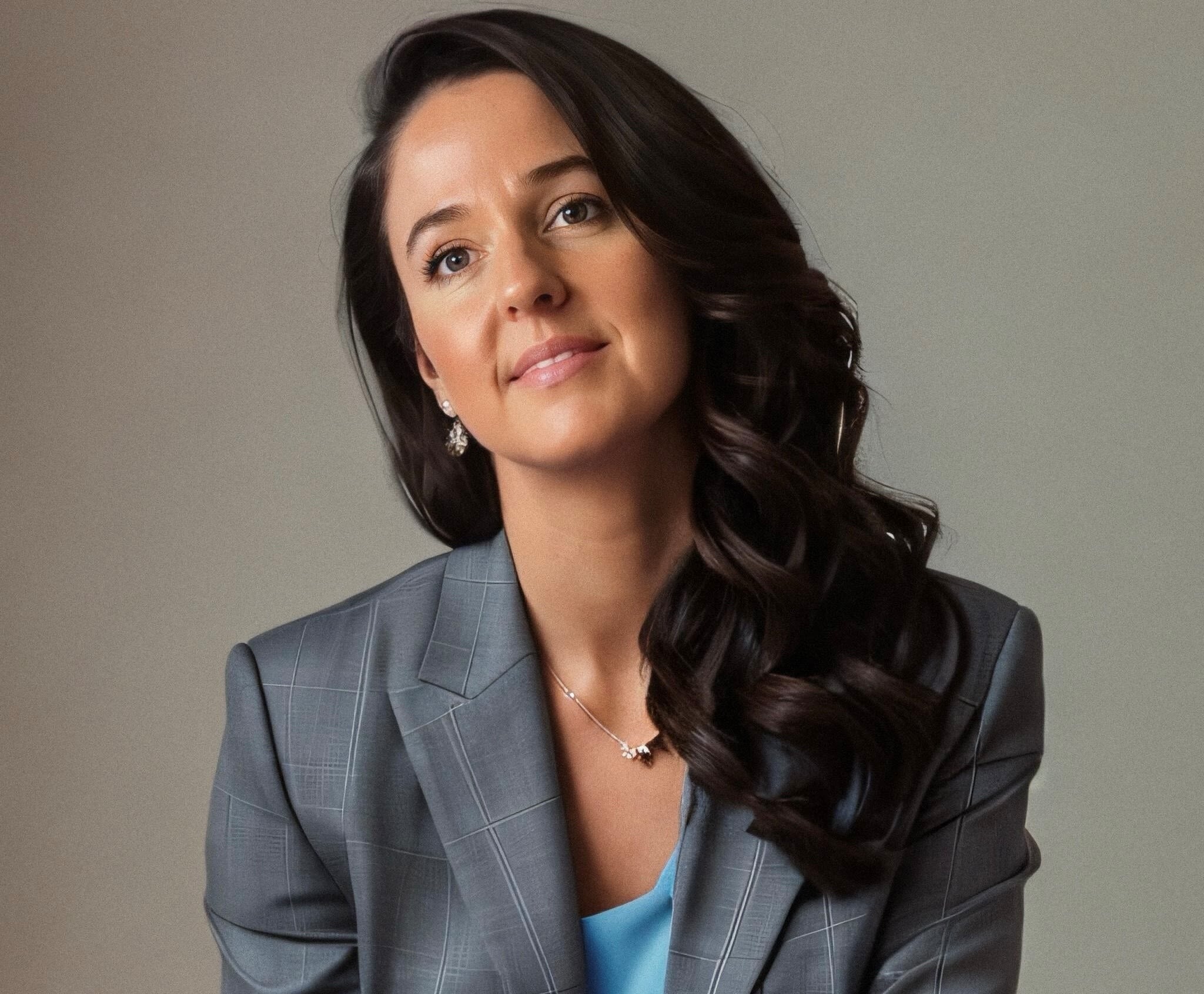Top 10 Facts About Alzheimer’s Disease

The prevalence of Alzheimer’s disease is substantial and growing around the globe. Every year, our knowledge of the condition expands with new research, despite the lack of a cure. The new 2024 Alzheimer’s Association Facts and Figures report shines a light on one of the leading causes of death in the United States. Learning more can help dispel myths, raise awareness, reduce social stigmas, and foster compassion for those diagnosed with this progressive disease that impairs memory and other essential mental functions.
Let our care assessment guide you
Our free tool provides options, advice, and next steps based on your unique situation.
Key Takeaways
- Nearly 7 million Americans aged 65+ (approximately 1 in 9) have Alzheimer's out of about 55 million people worldwide with the disease.
- Close relatives of people with Alzheimer's disease are more likely to develop it themselves, but nongenetic factors may also play a role.
- Millions of Americans are unpaid dementia caregivers who often face significant stress and burnout that can, in turn, affect their own well-being.
- Alzheimer's disease can affect people as early as 30 years old, even though it's usually associated with older adults.
1. Alzheimer’s disease is a significant problem
As of 2024, approximately 55 million people across the globe have Alzheimer’s disease or another type of dementia.[01] That includes nearly 7 million Americans aged 65+ (approximately 1 in 9).[02]
Research indicates that more and more older adults tend to have a higher incidence of the disease. For example, 5% of people between the ages of 65 to 74 have Alzheimer’s disease, compared to 33.4% of people aged 85 and older.[02]
As the United States’ population grows, the number of people with Alzheimer’s is likely to increase. Projections indicate that the 2.42 million Americans aged 85+ with Alzheimer’s will rise to 6.7 million by 2060.[02]
2. Alzheimer’s disease is a leading cause of death in the U.S.
According to the latest data, 1 in 3 older Americans passes away with Alzheimer’s or another type of dementia.[03] Alzheimer’s disease was considered the fifth-leading cause of death among people aged 65 and older, according to the latest data. Dementia deaths are known to have numbers twice as high as Alzheimer’s alone, causing the loss of more lives than breast cancer and prostate cancer combined.[03]
However, the COVID-19 pandemic derailed the cause-of-death rankings with its considerable death toll. The calculations with the official numbers for recent years are still underway.

Let our care assessment guide you
Our free tool provides options, advice, and next steps based on your unique situation.
3. Alzheimer’s disease may begin 20 or more years before symptoms appear
Recent research suggests that brain changes, signs and symptoms that occur with Alzheimer’s disease may begin at least 20 years before an individual notices.
As a progressive disease, Alzheimer’s becomes worse as time passes, so catching early warning signs of Alzheimer’s and dementia as soon as possible makes a difference. Damage to nerve cells begins to impair a person’s ability to do normal activities, and the regions of the brain that handle language, memory, and thinking are typically the first to sustain damage. However, the advancement of the disease varies from one person to the next.[02]
4. Many people with Alzheimer’s may not know they have it
Cases of undetected Alzheimer’s and other forms of dementia reflect high globally — research reports at a rate of 61.7%.[04] Some people can have symptoms and be undiagnosed, and research reflects that the disease remains underdiagnosed in the United States.[02]
“…outside of research settings, a substantial portion of those who would meet the diagnostic criteria for Alzheimer’s and other dementias are not diagnosed with dementia by a physician,” according to the Alzheimer’s Association’s 2024 Alzheimer’s Disease Facts and Figures Special Report.[02]
Why is Alzheimer’s underdiagnosed?
Studies show that Americans are unlikely to visit a medical professional when experiencing memory issues. Recent research showed that only 54% of Americans experiencing cognitive decline had spoken to their physicians about their symptoms.[02]
In addition, a medical provider’s diagnosis doesn’t mean the individual was informed of or understands their diagnosis. The latest data shows that “only about half of Medicare beneficiaries who have a diagnosis of Alzheimer’s or another dementia in their Medicare billing records report being told of the diagnosis,” according to the Alzheimer’s Association.[02]
5. Women are more likely than men to develop Alzheimer’s
Women make up about two-thirds of Americans who have Alzheimer’s disease.[05] The latest research from the Framingham Heart Study indicates that a 45-year-old woman could have double the risk for Alzheimer’s than a 45-year-old man. Women of this age have a 1 in 5 estimated lifetime risk, while men of this age have a 1 in 10 estimated lifetime risk.[02]
Women are affected both directly and indirectly at a high rate. Two-thirds of all dementia caregivers are also women, with over one-third being adult daughters caring for a parent with dementia.[02]
6. Alzheimer’s disease symptoms can begin as young as age 30
While many relate Alzheimer’s disease and other types of dementia with older adults, these diseases can affect people under the age of 65. As of 2024, research on the prevalence in younger populations remains limited. However, around 200,000 Americans between the ages of 30 and 64 have early-onset dementia, researchers say.[02]
7. Alzheimer’s disease may run in families
The latest research shows that those with first-degree relatives (typically parents or siblings) with Alzheimer’s disease are more likely to develop it themselves. It’s important to remember that genetic and nongenetic factors, such as physical activity, lifestyle habits, and healthy food choices, may all affect this family risk factor.[02] However, more research is needed in this area to provide further clarity.
Race, ethnicity, and Alzheimer’s
Alzheimer’s and other forms of dementia risk happen at a higher rate in Black and Hispanic families than in white families. Compared to older white Americans, older Black Americans are twice as likely to have Alzheimer’s, and older Hispanics are one and one-half times as likely to develop the disease.[05]
Even though studies show that the risk of Alzheimer’s may vary by race and ethnicity, more research is needed to determine causation and to discover more data in smaller racial and ethnic groups.

Talk with a Senior Living Advisor
Our advisors help 300,000 families each year find the right senior care for their loved ones.
8. Alzheimer’s caregivers may experience health issues
Caregivers for people with Alzheimer’s disease and other types of dementia face challenges that can threaten their overall wellness. The constant tasks can take their toll on mental and physical well-being. Because of this, it’s common for dementia caregivers to experience caregiver burnout. Dementia caregivers experience higher rates of depression and anxiety than their non-caregiving counterparts.[02]
Recent research shows that dementia caregivers may also be more susceptible to disease and health complications. Chronic stress from caregiving may cause concerning physiological changes in the body, such as:[02]
- High levels of stress hormones
- An impaired immune function in the caregiver
- Coronary heart disease
- High blood pressure
9. There are millions of unpaid dementia caregivers in the U.S.
As of the latest data, more than 11 million Americans provide care to loved ones with Alzheimer’s or other types of dementia without receiving any form of compensation.[02]
America’s unpaid dementia caregivers contributed around 18.4 billion hours of care in 2023. The value of this contribution comes in at nearly $350 billion. For comparison, this is about 57% of Walmart’s total revenue for 2023, according to the Alzheimer’s Association.[02]
10. Dementia is one of the most expensive conditions for society
Costs for general health care and long-term care for people with Alzheimer’s disease and other types of dementia are staggering. With costs currently projected to reach $360 billion in 2024 and $1 trillion in 2050, dementia is considered one of the most expensive conditions people face.[02]
State and federal programs may cover costs for qualifying individuals. “Medicare and Medicaid are expected to cover $231 billion, or 64%, of the total health care and long-term care payments for people with Alzheimer’s or other dementias,” according to the Alzheimer’s Association.[02]
As indicated by the latest data, private funding sources also share the cost, with approximately $91 billion in out-of-pocket spending.[02]
How to support a dementia caregiver
Community-based resources, including online and in-person caregiver support groups, have shown to be the most helpful for Alzheimer’s and dementia caregivers.[02]
Maintaining healthy relationships and a sense of self is an integral part of the dementia caregiver journey.[02] Offering your assistance with household chores or setting up appointments can contribute to making this happen.
Here are some ways to provide practical assistance to those caring for loved ones with dementia:
- You can give dementia caregivers time for themselves by assisting with food shopping or setting up an online grocery delivery.
- Help with meal-prepping or cooking some healthy meals.
- Try taking over the responsibilities of caring for a loved one with dementia for a few hours.
- Give a gift certificate for an exercise class or a personal trainer.
When caregivers need a break, respite care has worked wonders. It gives dementia caregivers a chance to relax, recuperate, attend appointments, travel or take time for themselves. Respite care can mean that an in-home caregiver comes to a person’s home for a period of time, or it can mean a short-term stay at a senior-living community for the person with dementia.
How to learn more about Alzheimer’s and dementia
A Place for Mom has compiled these Alzheimer’s disease and other dementia resources to help you and your family learn more about this disease, rehab, and long or short-term care options:
- Learn more about Alzheimer’s disease and dementia symptoms and diagnoses.
- Read 10 warning signs of Alzheimer’s disease and other forms of dementia to help you differentiate between normal aging and disease symptoms.
- Discover in-home care for Alzheimer’s and other dementias available to your loved one in their home.
- Review 13 questions that could be a sign it’s time for memory care for your loved one.
If you can no longer care for your loved one with Alzheimer’s or another type of dementia on your own, A Place for Mom’s Senior Living Advisors can help you find in-home care or a senior care community in your area. They can also help you understand different care options and schedule community tours, all at no cost to your family.
Key Takeaways
Alzheimer’s Association. (2024).Alzheimer’s and dementia.
Alzheimer’s Association. (2024). 2024 Alzheimer’s disease facts and figures special report.
Alzheimer’s Association. (2024). 2024 Alzheimer’s disease facts and figures infographic.
Lang, L., Clifford, A., Wei, L., Zhang, D., Leung, D., Augustine, G., Danat, I. M., Zhou, W., Copeland, J.R., Anstey, K. J., and Chen, R. (2017, February, 3). Prevalence and determinants of undetected dementia in the community: a systematic literature review and a meta-analysis. BMJ Open.
Alzheimer’s Association. (2024). Alzheimer’s disease facts and figures.
Senior living options in all states
The information contained on this page is for informational purposes only and is not intended to constitute medical, legal or financial advice or create a professional relationship between A Place for Mom and the reader. Always seek the advice of your health care provider, attorney or financial advisor with respect to any particular matter, and do not act or refrain from acting on the basis of anything you have read on this site. Links to third-party websites are only for the convenience of the reader; A Place for Mom does not endorse the contents of the third-party sites.
Make the best senior care decision
Make the best senior care decision